What is exactly is Teflon flu? The sickness caused by your pots and pans
Forever chemicals might be on the menu
Lifestyle
Don't miss out on the headlines from Lifestyle. Followed categories will be added to My News.
In this article:
Surprisingly common places PFAS chemicals are found
Teflon flu and how 'forever chemicals' can affect your health
Some of our favourite non-toxic cookware brands
While sticking to a healthy home-cooked meal plan is constantly touted as the best way to support your physical, emotional and cognitive health, using old, poorly made cookware could have the opposite effect. Here’s how to avoid getting Teflon flu and other illnesses from your cookware.
How long have you been cooking with your trusty pots and pans? You know, the ones that you bought for a total steal when you first move out of home?
They’re the slightly scratched, wonky-handled set that has accompanied you through every share-house, dinner party and culinary adventure, losing a lid or two along the way.
But buying restaurant-quality cookware isn’t exactly high on the spending priorities for most people amidst this cost of living crisis. Because like most things in life, the higher the quality, the higher the price tag. And as aesthetically pleasing and efficient as those top-dollar pots and pans may be, its the high price tag that usually pushes people to opt for cheaper, more ‘temporary’ cookware options.
But the materials used to make these pans pose a huge problem for your health – PFAS chemicals., which are leading to increasing numbers of 'Teflon flu'.
What are PFAs?
PFA chemicals – per- and poly-fluoroalkyl substances – are an umbrella term for over 4000 chemicals. Nicknamed ‘forever chemicals’ PFA substances typically do not naturally break down in the environment, instead collecting in our bodies.
Several studies have linked PFAs chemicals to an alarming number of health issues, such as kidney and testicular cancer, infertility, thyroid disease and liver damage, a fact made all the more alarming considering PFAS chemicals are commonly found in a variety of everyday items, such as the paper coating in food packaging to popular cosmetics.
One of the most common places PFAs are found? Your very own kitchen. PFAS chemicals such as lead and cadmium are often found in cookware items, slowly releasing toxic compounds into our environments and bodies every time we use them.
While many up-and-coming trendy cookware brands have designed their ranges with non-toxic coating materials, pots and pans with traces of PFAS are still on the shelves – often positioning themselves as the more affordable purchase.

What is Teflon flu
Studies have found nonstick pans made with PFAs are safe to cook with when used as per packet instructions. However high temperatures can cause the coating on nonstick pans to break down, causing potentially harmful chemicals to be released into the air, and into your lungs.
According to a new report from the Washington Post, there have been more than 3,600 cases of Teflon flu or "polymer fume fever" over the last two decades in the United States. Despite its name, it's also not a byproduct of Teflon specifically, and can occur regardless of the brand.
Symptoms of Teflon flu are much like a regular cold or flu, which can make the sickness hard to identify – and the only way to seek a diagnosis is via a healthcare provider. But last year alone saw 267 reported cases of this largely unknown illness, which "is believed to be one of the highest reported totals since 2000, according to America’s Poison Centers."
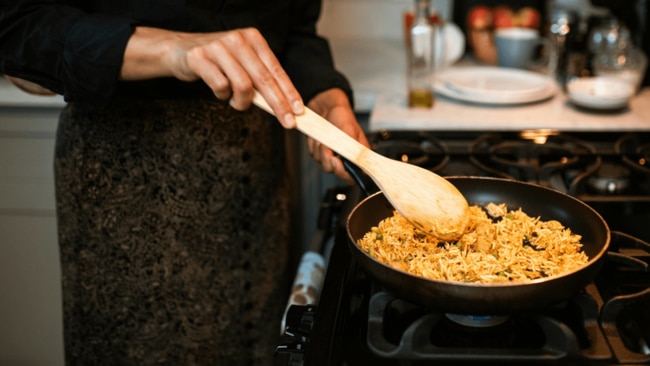
What to look out for when shopping for cookware
The main thing to look out for when shopping for new cookware is a PFAS-free label. Good quality cookware that’s made to endure thousands of pasta sauces and schnitzel nights will be somewhat of an investment. If the price of a cookware set seems too good to be true, it probably is.
Brands that use a ceramic coating on their pots and pans (which is non-toxic), and which thoroughly test their products for material breakdown, are often the best way to go. One dependable brand – Joseph Joseph – uses machines to simulate 20 years of wear, so you know, without question, that the pans will be safe for years to come
"Quality is so, so important to everything we do, for cookware and the wider range," says James Gratton, Joseph Joseph GM of ANZ. "The coating [of their cookware]– which is obviously quite topical at the moment – is ceramic. We believe that the market is heading towards ceramic non-toxic coating."
Also, knowing how to wash your cookware is valuable in the long run – if you’re going to spend $500 on a beautifully made Dutch oven only to go to town on it with some steel wool one evening, you’ll quickly learn how expensive the wrong cleaning techniques can be.
If your kitchen is in desperate need of a refresh, but you aren’t sure where to even start, here are a few of our favourite (and most importantly, non-toxic) cookware brands.
Joseph Joseph Space Non-stick Saucepan Set 3pc in Multi, $599.95, myer.com.au
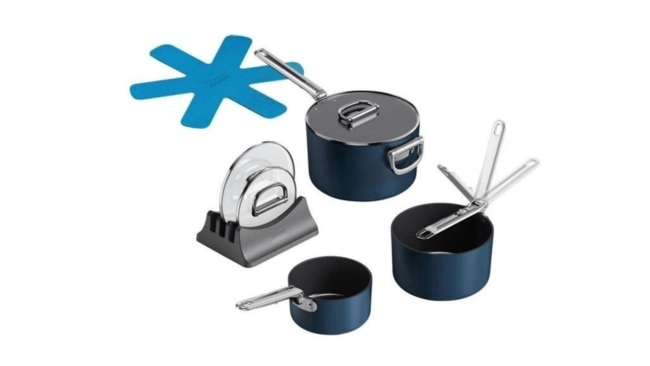
Crumble Everyday Non-Stick Set, $850, crumble.co
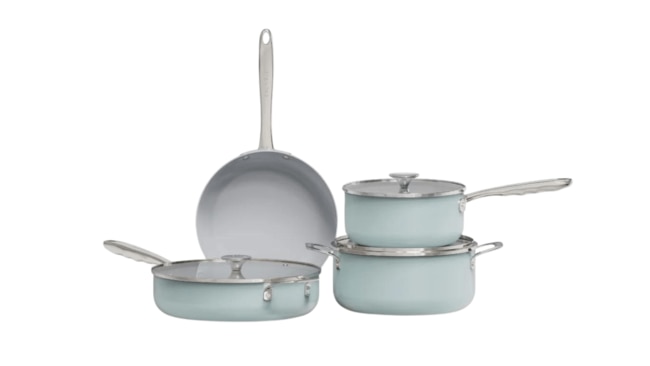
Our Place 4-piece Cookware Set, $1,015, fromourplace.com
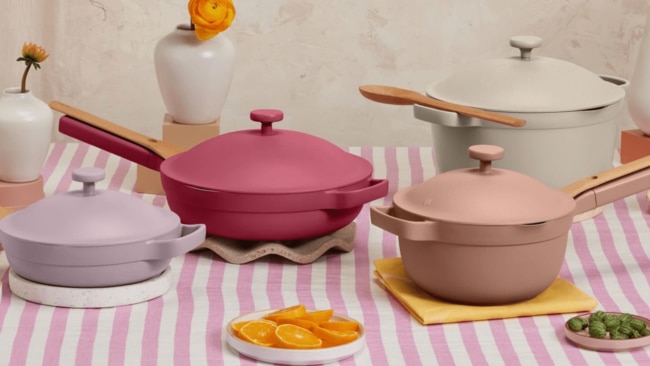
GreenPan Padova 6 Piece Cookware Set, $719.95, myer.com.au
More Coverage
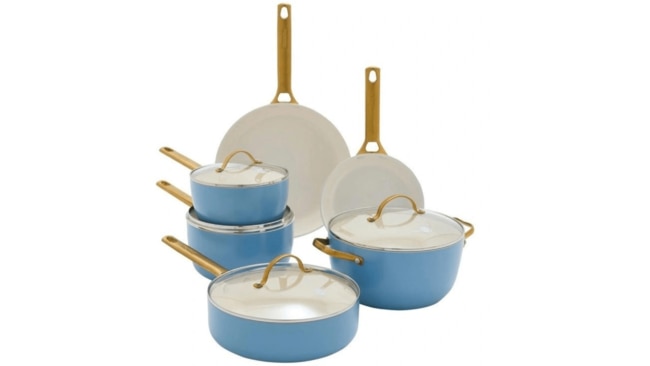
Originally published as What is exactly is Teflon flu? The sickness caused by your pots and pans




